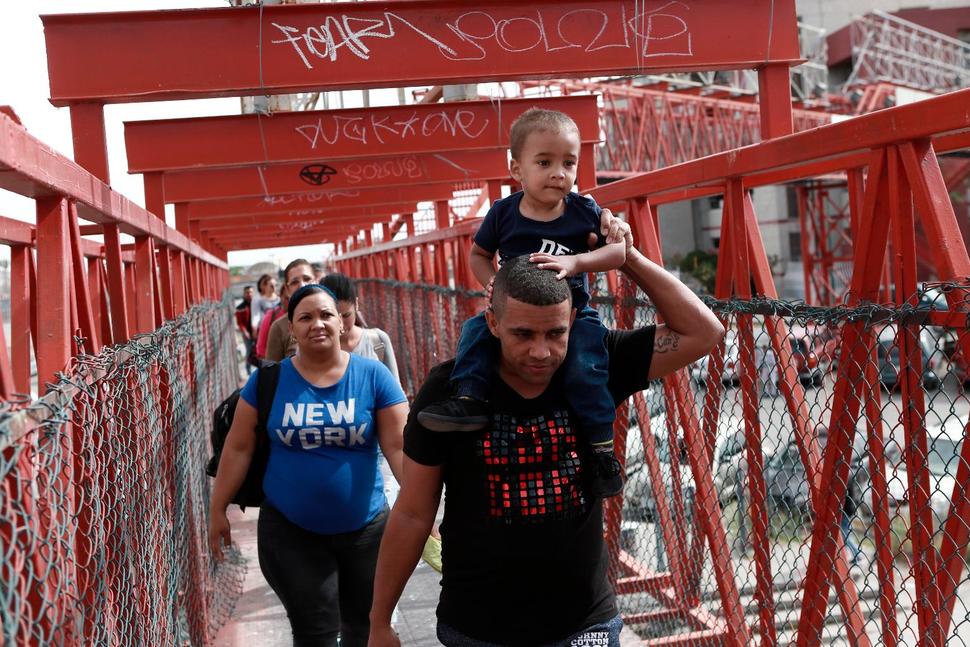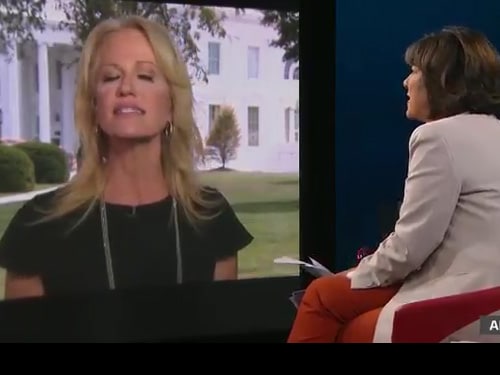
The Trump administration is reportedly weighing a rule that would prevent Central American migrants from receiving asylum in the United States. This wide reaching rule would effectively block Central American migrants from seeking asylum. A draft of the rule would prohibit these migrants from seeking asylum if they have passed through a country other than their own before arriving in the United States as reported by officials and advocates that were briefed on the proposed plan.
If enacted, the policy would bar migrants who have traveled through Mexico from applying for asylum in the U.S. – a key distinction since much of the current influx of migrants is being driven by people fleeing the Central American nations of El Salvador, Honduras and Guatemala that have been ravaged by crime and poverty.

This is the latest move in the an aggressive and coordinated effort by the Trump administration to control and suppress the amount of migrants that are seeking asylum when they reach the southern border. If finalized the proposal would almost certainly be contested in the courts.
According to reports, the proposed rule would also deem migrants ineligible for asylum if they enter the U.S. without seeking asylum in countries that are not their home country and which they passed through on their way to the United States. “We’re talking about hundreds of thousands of asylum seekers,” says Sarah Pierce, a policy analyst at the nonprofit Migration Policy Institute.

It was not immediately clear if the proposed rule would prevent those migrants from applying for asylum or if they would be allowed to apply but would be deemed ineligible or have their claims rejected. The Trump administration aides are reportedly seeking to include the rule in immigration legislation to make it less susceptible to a court challenge.
As stated be Pierce, there is “zero doubt” that it would be struck down by courts if finalized, if the draft rule appears similar to an asylum ban struck down by the Supreme Court last year, under which migrants could not seek asylum if they had entered the United States outside of ports of entry.

A resident fellow in law and policy at the Center for Immigration Studies, a think tank that advocates for low levels of immigration, Andrew Arthur, said he expects the president to issue the rule as a presidential proclamation. He believes it would be on solid legal footing but would be challenged in court and likely make it to the Supreme Court.
Pierce says, if the policy would not prevent migrants from applying for asylum but would subsequently prevent migrants from being granted asylum, the rule would not change the situation at the southern border, which has been overwhelmed by migrants.
According to reports, officials in the Department of Homeland Security have raised concerns about the draft rule. The officials have expressed that the policy is too broad and does not account for the fact that other countries do not offer full asylum protections, and they have also raised questions about whether it would cover people who traveled through airports in other countries.

“Seeking asylum is a human right, full stop,” Charanya Krishnaswami, advocacy director for the Americas at Amnesty International USA, said in a statement. “To effectively close the border to Central Americans and the vast majority of people seeking asylum not only violates human rights obligations, but is also fundamentally cruel.”


